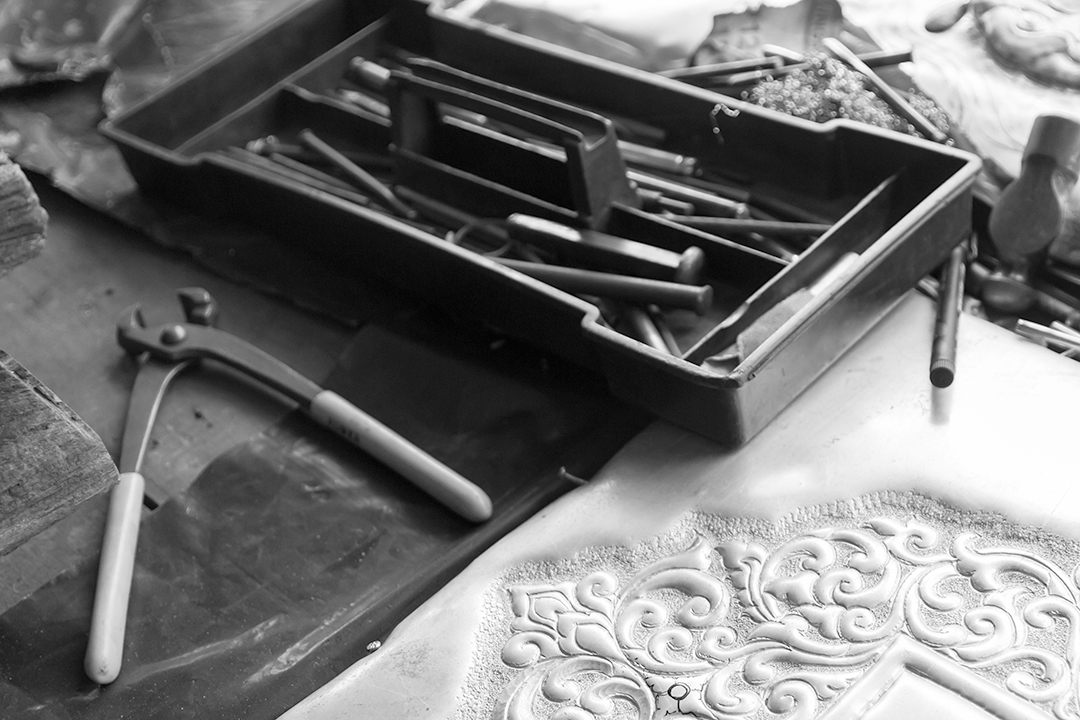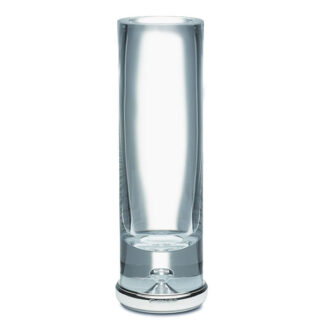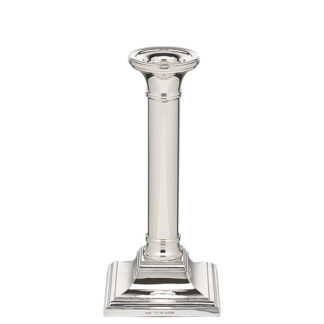
A hallmark is an official mark indicating a standard of purity. They are used in marking both gold and silver items assayed. Assaying is a term used when examining or analysing the quality and quantity of silver or gold. Hallmarks also serve as a special indication of genuineness or good quality.
Typically a set of British Hallmarks would run in order from left to right to show: Standard Mark, which indicates the purity, so Sterling is .925. This would be followed by the City Mark, which for Birmingham is an Anchor. Next is the Duty Mark which indicates the tax paid to the Crown. It has not been used since the reign of Queen Victoria. The Date Letters follow and they establish when a piece was presented to the Assay Office. The letter changed every May. The Maker’s Mark was to prevent forgery and give some accountability of who was responsible for the piece. Finally there was the Import Mark which was stamped on foreign silver.
You can view the Silver Maker’s Marks held by the Birmingham Assay Office online.
If you would like to learn more about the history of silversmiths and their hallmarks please get in touch.



